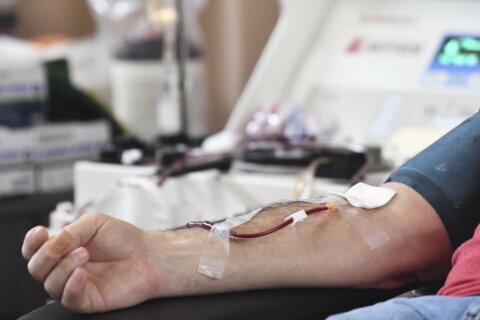A recent study showed that artificial intelligence is helping to catch more breast cancers.
Using artificial intelligence software to read mammograms found 20% more instances of cancers than the routine double reading by two different radiologists, according to a new study published in Lancet Oncology.
Additionally, the study said that the AI software didn’t increase the number of false positive reports, which is an outcome that necessitates additional follow-up and possibly a biopsy.
The Swedish study looked at more than 80,000 women between the ages of 40 and 80.
The goal was to detect more interval cancers, which are those cancers found between normally scheduled screening mammograms.
The researchers called the study “promising,” especially in those areas with a shortage of radiologists.
Technicians were able to train AI technology to read mammograms by inputting information from millions of mammograms, from which the software created an algorithm of what a normal mammogram looks like versus a mammogram with cancer.
“These promising interim safety results should be used to inform new trials and program-based evaluations to address the pronounced radiologist shortage in many countries,” said lead author Kristina Lang, an associate professor of radiology diagnostics at Lund University in a statement to BreastCancer.org.
“But they are not enough on their own to confirm that AI is ready to be implemented in mammography screening. We still need to understand the implications on patients’ outcomes, especially whether combining radiologists’ expertise with AI can help detect interval cancers that are often missed by traditional screening, as well as the cost-effectiveness of the technology,” Lang said.








